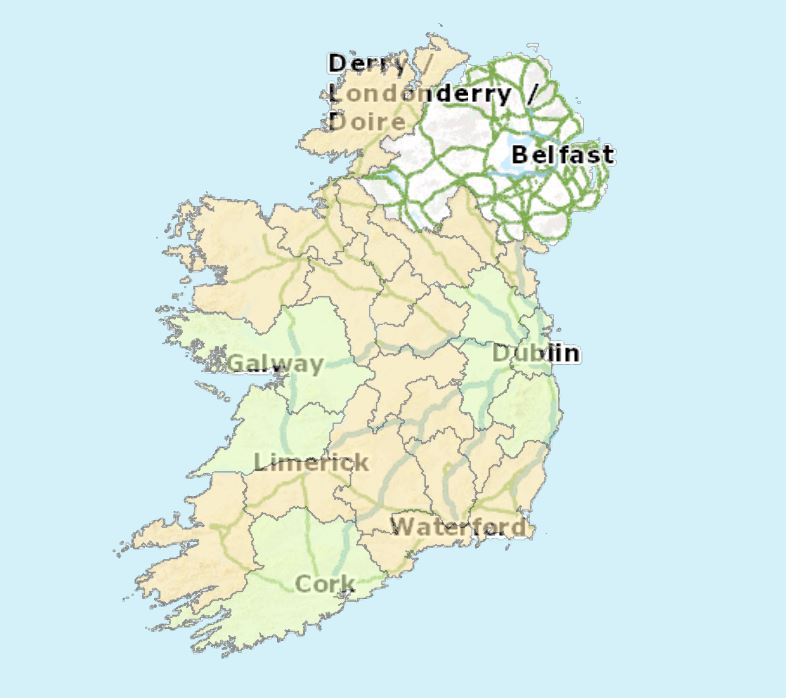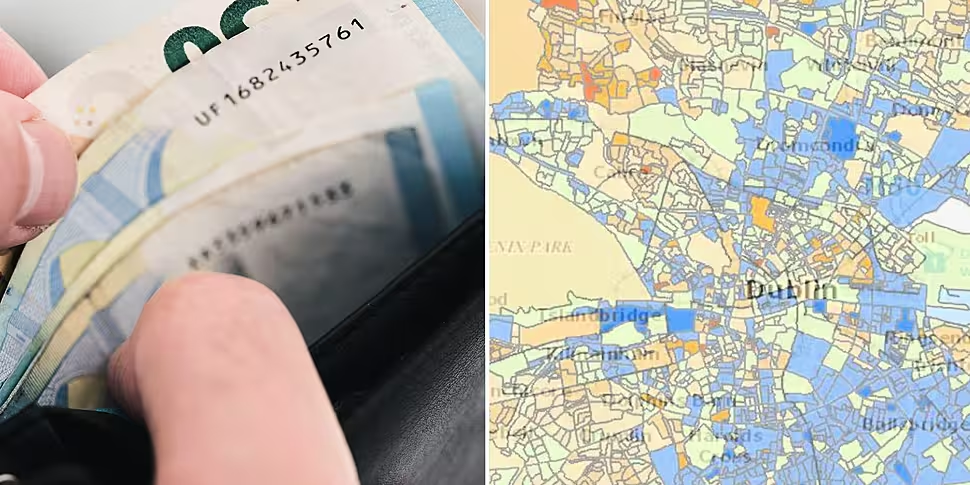Almost 200,000 people in Ireland are living in very or extremely disadvantaged areas, according to a new study.
The 2022 Pobal HP Deprivation Index found the gap between the most disadvantaged areas and the national average has increased.
It's used by Government and State agencies to target elements such as DEIS schools and health resources.
An interactive map divides the country up into areas ranging from 'Very Affluent' to 'Extremely Disadvantaged'.
 Ireland is seen on the Pobal HP Deprivation Index. Source: Pobal
Ireland is seen on the Pobal HP Deprivation Index. Source: PobalThe index is based on the combination of three dimensions of relative affluence and deprivation: demographic profile, social class composition and labour market situation.
Pobal CEO Anna Shakespeare told Newstalk Breakfast the overall picture is better.
"Nationwide the picture has improved with improvements in measures such as employment and population growth, seeing Ireland return to pre-crash 2006 levels," she said.
"There has been an increase in the number of areas that are classed as 'very' or 'extremely' disadvantaged.
"What we're also seeing is that the impact of new housing developments is leading to new areas of affluence being recorded outside of traditional suburban areas.
"Parts of Cork and Galway are now also experiencing the levels of growth that had primarily been seen in Dublin previously."
'A rounded view'
Ms Shakespeare said the 3.8% of the population living in significant or extreme deprivation has not improved as fast as others.
"The individuals who comprise that 3.8% are just under 200,000 - their experience has not improved at the same rate or pace as the rest.
"The index gives us a very rounded view of the lived experience of disadvantage beyond simply measuring income poverty.
"So, for example if a large percentage of young people move out of a rural town or village, they leave an older profile of residents behind.
"The model is much more nuanced then than income, wealth or individual wealth".









